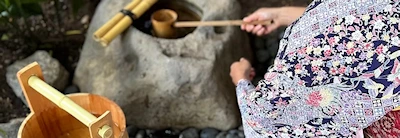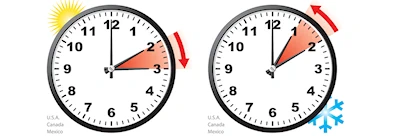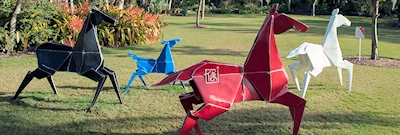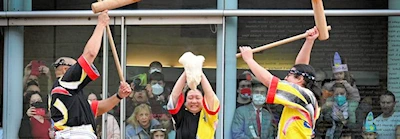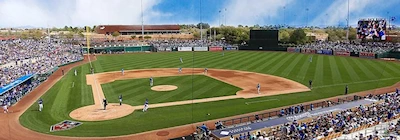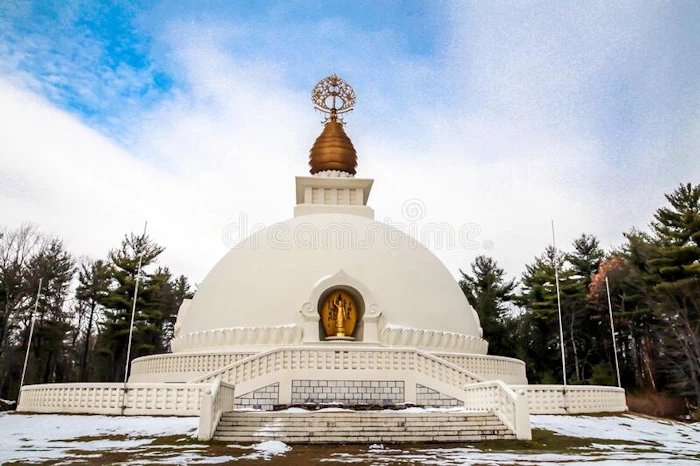The New England Peace Pagoda
Event Location
Leverett, MA 01054
The New England Peace Pagoda was completed and inaugurated in 1985.
A Peace Pagoda is a Buddhist stupa; a monument to inspire peace, designed to provide a focus for people of all races and creeds, and to help unite them in their search for world peace. Most (though not all) peace pagodas built since World War II have been built under the guidance of Nichidatsu Fujii (1885-1985), a Buddhist monk from Japan and founder of the Nipponzan-Myōhōji Buddhist Order. Fujii was greatly inspired by his meeting with Mahatma Gandhi in 1931 and decided to devote his life to promoting non-violence. In 1947, he began constructing Peace Pagodas as shrines to World peace.
Peace Pagodas were built as a symbol of peace in Japanese cities including Hiroshima and Nagasaki where the atomic bombs took the lives of over 150,000 people, almost all of whom were civilian, at the end of World War II. By 2000, eighty Peace Pagodas had been built around the world in Europe, Asia, and the United States.
The Nipponzan-Myōhōji monks of the New England Peace Pagoda were awarded the Courage of Conscience award June 5, 1998 in Sherborn, Massachusetts.
Most Venerable Nichidatsu Fujii
The Most Venerable Nichidatsu Fujii, founder of Nipponzan Myohoji, was born in Japan on August 6, 1885. He became a monk at 19 years of age, much in opposition to the tendencies of society, which at that time encouraged a military career. At age 32, after much ascetic practice, he came to realize the basic practice he would follow to bring about peace: beating a hand-drum an chanting Na Mu Myo Ho Ren Ge Kyo.
The Most Ven. Fujii believed his mission was to carry out the prophecies of Maha Bodhisattva Nichiren. This included returning the true spirit and teaching of Buddha to India, which had lost those teachings for more than 1,000 years. During his missionary work in India, he developed deep spiritual ties with Mahatma Gandhi, who named him “Guruji”, and actually took up the practice of drumming and chanting.
The Most Ven. Fujii felt his mission was to spread the prayer for peace, Na Mu Myo Ho Ren Ge Kyo, thoughtout the world in these times of violence, confusion and impending annihilation. In connection with this, he and his followers have walked through all continents beating their drum.
After Japan experienced the nuclear holocaust, he undertook the construction of Peace Pagodas in which holy relics of the Buddha are enshrined, as a way to raise a profound, universal, spiritual basis for the peace in this world. This practice is taken directly from the Lotus Sutra.
Although he passed away on January 9, 1985, his vows will be taken over by all those who are working for world peace.
“Like Mahatma Gandhi with Satyagraha and ahimsa and Martin Luther King Jr. with nonviolence, Venerable Fujii, or Guruji as he is more often called, not only preached tangyo-raihai, he lived it and by living it inspired others to see a higher, more noble potential for humankind. While nonviolence practices are often used as a technique for social and political change, tangyo-raihai is an act of non-violence and reverence that seeks a much deeper revolution: the transformation of the heart and mind of not only the person performing tangyo-raihai, but also the one being venerated.”
*Tangyo-raihai - the practice of bowing in veneration to the Buddha in others.
Authentic Japanese Gardens (United States)
Best Japanese Gardens
Japanese Rock 'Zen' Gardens (United States)
Best Japanese Rock 'Zen' Gardens
Japanese Teahouses (United States)
Best Japanese Teahouses
Japanese Museum Art
Japanese Museums Map of Japanese Museums






